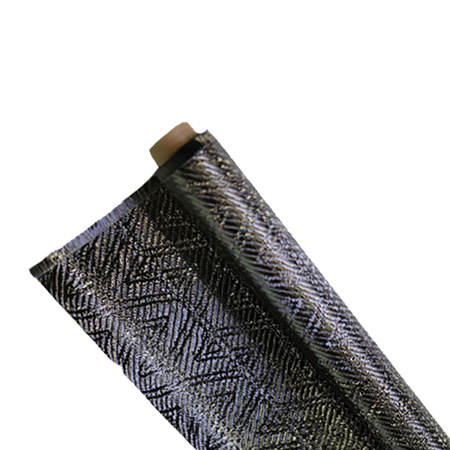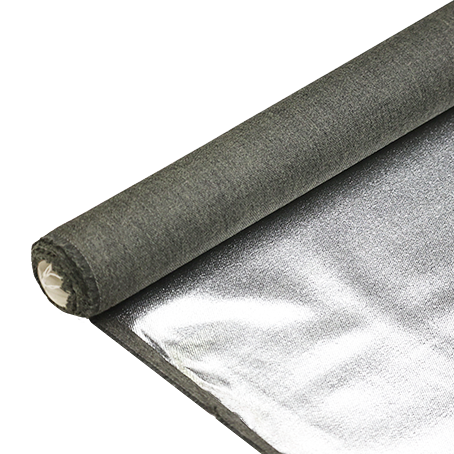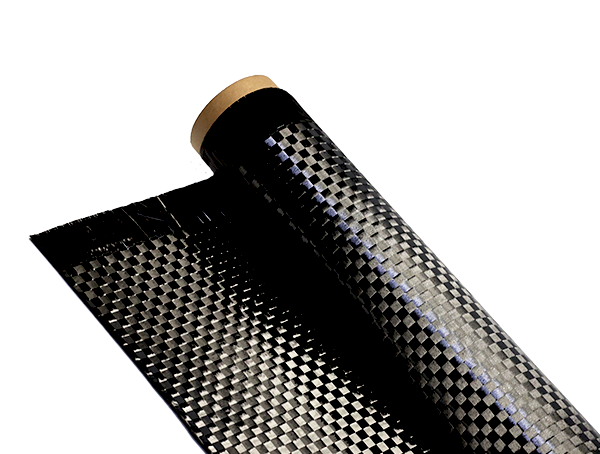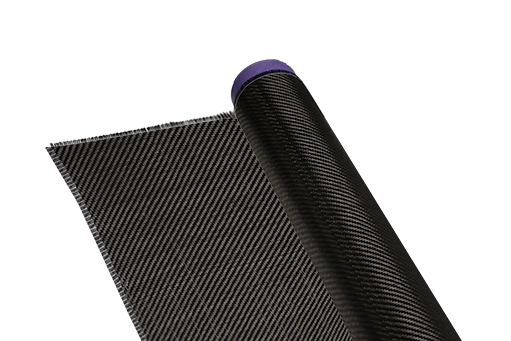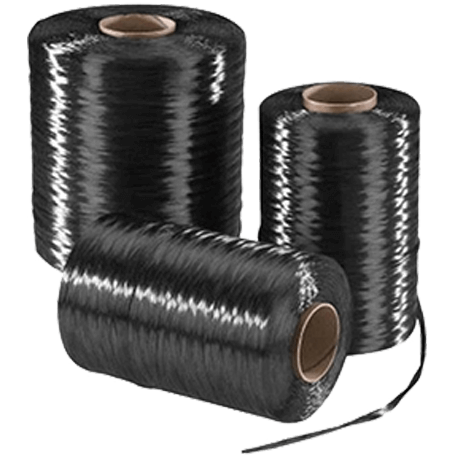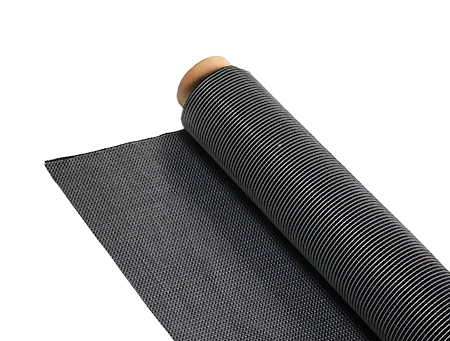Effect of UV Aging on the Performance of Carbon Fiber Reinforced Epoxy Resin Composites
-
 Your Composites Expert Carbon Fiber Materials&Products
Your Composites Expert Carbon Fiber Materials&Products -
-1.png?width=686&height=617) Your Composites Expert Aramid Fiber Materials&Products
Your Composites Expert Aramid Fiber Materials&Products -
 Your Composites Expert UHMWPE Materials&Products
Your Composites Expert UHMWPE Materials&Products -
 Your Composites Expert Fiberglass Materials&Products
Your Composites Expert Fiberglass Materials&Products -
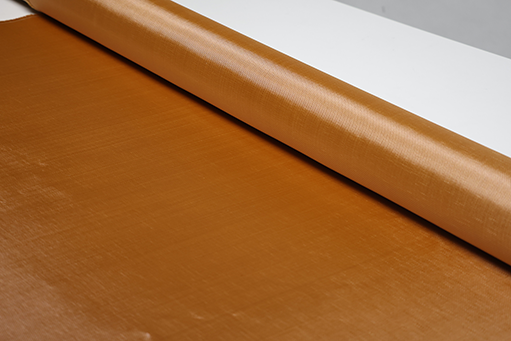 Your Composites ExpertPBO Materials&Products
Your Composites ExpertPBO Materials&Products -
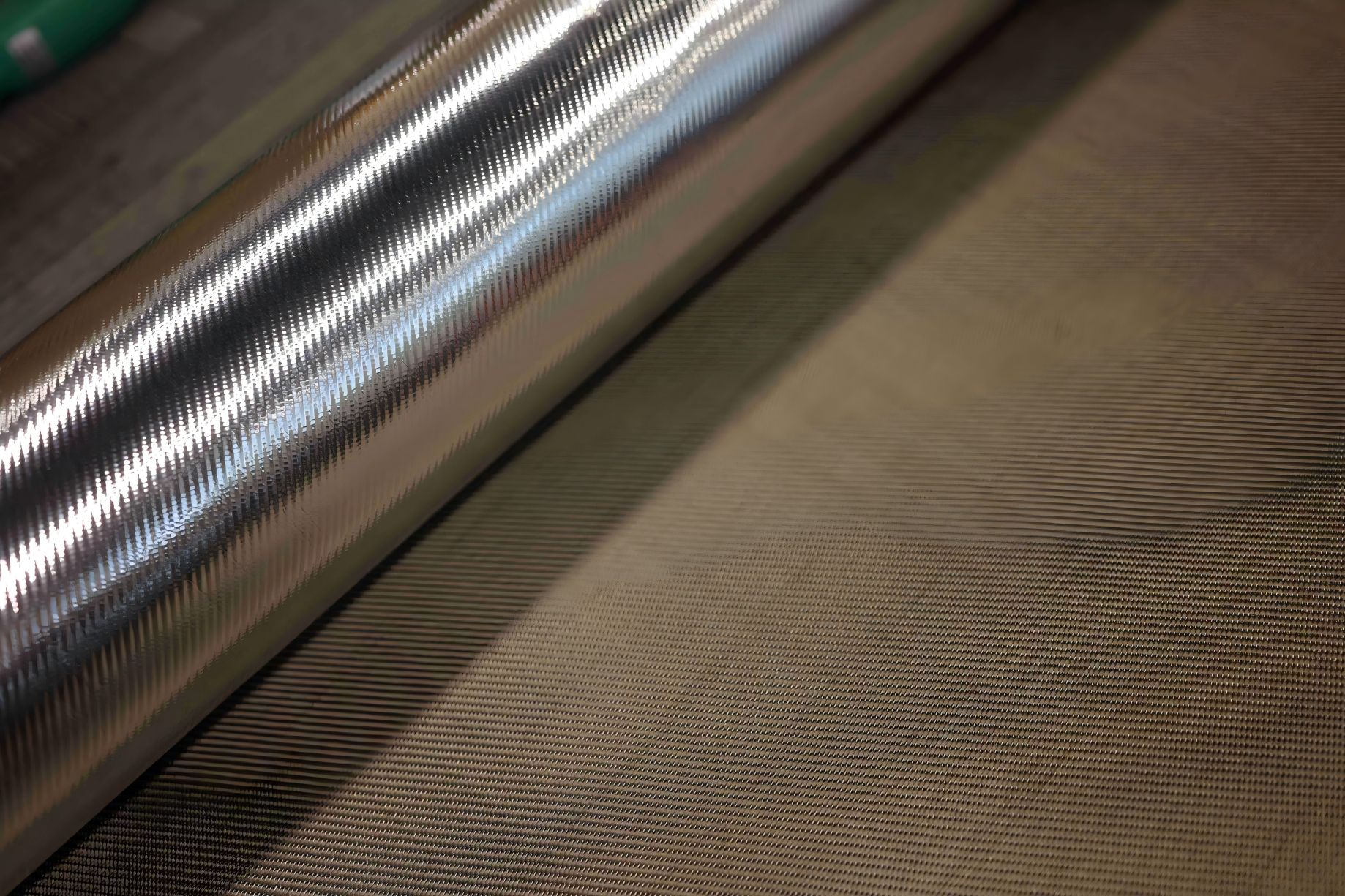 Your Composites Expert Basalt Materials&Products
Your Composites Expert Basalt Materials&Products
Carbon fiber reinforced epoxy resin composites (CFRECs) are widely used in aerospace, automotive, and marine industries due to their high strength-to-weight ratio, excellent mechanical properties, and resistance to environmental factors. However, prolonged exposure to ultraviolet (UV) radiation can degrade their performance. This paper investigates the effects of UV aging on the mechanical, thermal, and physical properties of CFRECs. It presents an overview of UV-induced degradation mechanisms, experimental methods for studying UV aging, and mitigation strategies to enhance UV resistance.
1. Introduction
Carbon fiber reinforced epoxy resin composites have become indispensable in advanced engineering applications. Their lightweight and high-performance characteristics have enabled significant advancements in structural design. However, the durability of these materials under environmental conditions, particularly UV radiation, remains a critical concern. UV aging leads to photo-oxidation, discoloration, surface degradation, and changes in mechanical properties. Understanding the effects of UV aging is vital for predicting the service life of CFRECs and improving their longevity.
2. Mechanisms of UV-Induced Degradation
UV radiation primarily affects the epoxy matrix, as carbon fibers are inherently UV-resistant. The degradation mechanisms include:
- Photo-oxidation: UV photons break chemical bonds in the epoxy matrix, generating free radicals that react with oxygen.
- Chain Scission: Epoxy polymer chains break, reducing molecular weight and altering mechanical properties.
- Crosslinking: Free radicals lead to excessive crosslinking, causing brittleness.
- Surface Erosion: Continuous UV exposure results in mass loss and rough surface texture.
3. Experimental Methodology
To assess UV aging effects, standardized testing protocols are followed. Key methodologies include:
- UV Exposure Testing:
- Samples are subjected to UV-A and UV-B radiation in controlled environments.
- Exposure times vary from hundreds to thousands of hours to simulate aging.
- Characterization Techniques:
- Mechanical Testing: Tensile, flexural, and impact tests measure strength and elasticity.
- Thermal Analysis: Differential scanning calorimetry (DSC) and thermogravimetric analysis (TGA) assess thermal stability.
- Surface Morphology: Scanning electron microscopy (SEM) examines surface degradation.
- Chemical Analysis: Fourier transform infrared spectroscopy (FTIR) identifies chemical changes.
4. Effects of UV Aging
4.1 Mechanical Properties UV aging reduces tensile strength, flexural strength, and impact resistance of CFRECs. This reduction is attributed to the deterioration of the epoxy matrix, which compromises load transfer between fibers.
4.2 Thermal Properties Thermal stability decreases as chain scission and oxidation reduce the decomposition temperature. UV-aged samples exhibit lower glass transition temperatures (Tg), indicating matrix softening.
4.3 Surface Morphology UV exposure causes surface cracks, pitting, and discoloration. These defects can propagate under mechanical loads, accelerating failure.
4.4 Chemical Changes FTIR spectra reveal increased carbonyl and hydroxyl groups, indicative of oxidation. These changes correlate with reduced mechanical and thermal performance.
5. Mitigation Strategies
5.1 UV Stabilizers Adding UV absorbers and hindered amine light stabilizers (HALS) to the epoxy matrix mitigates UV degradation by absorbing harmful radiation and scavenging free radicals.
5.2 Surface Coatings Protective coatings, such as UV-resistant paints and films, provide an effective barrier against radiation.
5.3 Modified Resins Developing UV-resistant epoxy resins with enhanced crosslink density or incorporating nanoparticles like titanium dioxide (TiO2) improves durability.
5.4 Hybrid Composites Combining carbon fibers with other reinforcements, such as glass fibers, can enhance UV resistance by distributing stress and reducing matrix degradation.
6. Case Studies
6.1 Aerospace Applications UV aging studies on CFRECs used in aircraft fuselages reveal a significant loss of mechanical properties after prolonged exposure, necessitating frequent maintenance and surface treatments.
6.2 Automotive Components Exterior parts made of CFRECs in automotive applications show discoloration and surface cracking, prompting the use of UV-protective coatings.
6.3 Marine Structures Marine environments amplify UV aging due to high humidity and salt exposure. Protective measures, such as anti-UV coatings and hybrid reinforcement, have shown effectiveness.
7. Future Research Directions
- Nanotechnology: Investigate the use of advanced nanoparticles for UV stabilization.
- Long-Term Performance: Develop predictive models for service life under UV exposure.
- Eco-Friendly Materials: Explore bio-based resins with improved UV resistance.
- Multiscale Analysis: Combine molecular and macro-level studies for a comprehensive understanding.
8. Conclusion
UV aging significantly impacts the performance of carbon fiber reinforced epoxy resin composites, particularly by degrading the epoxy matrix. Through advanced materials engineering and protective strategies, it is possible to mitigate these effects and extend the service life of CFRECs. Continued research in this area will drive innovation and ensure the reliability of these materials in demanding applications.


